√ダウンロード egyptian columns lotus 264001-Egyptian lotus columns
Most people who have any familiarity with ancient Egypt will immediately recognize the form of Lotus and Papyrus style columns, but actually not less than about 30 different column forms have been isolated from temples of the various periods Most of the time, the column shafts were copied in stone of supports made from plants, resembling either a trunk or a bundle of stems of smaller diameterThis DWG file contains Ancient Greek columns with dimensions in elevation view This CAD file is saved in AutoCAD 00Egyptian Lotus Column 3D Printed Historically Accurate Replica 3DEFG From shop 3DEFG 5 out of 5 stars (275) 275 reviews Sale Price $562 $ 562 $ 750 Original Price $750 (25% off) FREE shipping Favorite Add to Concrete Column Candle Holders, Asssorted Colours
Q Tbn And9gctlixp2nc6u Rqzcwl Lgcxygczqtviej 3pucvch X1spt Ijc Usqp Cau
Egyptian lotus columns
Egyptian lotus columns-Oct 1, 14 a, campaniform;The lotus was one of the two earliest Egyptian capitals motifs, the topmost members of a column At that time, the motifs of importance are those based on the lotus and papyrus plants respectively, and these, with the palm tree capital, were the chief types employed by the Egyptians, until under the Ptolemies in the 3rd to 1st centuries BC, various other river plants were also employed, and the conventional lotus capital went through various modifications


Q Tbn And9gcsu62tiyvjubttov6ovu0n1ni0gm1frxw74gv1yfd3xspplu7vf Usqp Cau
Egyptian columns resemble the shape of a lotus flower These columns taper out at the top and are ornamented with palmlike leaves near the capital making it look like a lotus flower egyptian column Romanesque ColumnsExterior and interior walls, as well as the columns and piers, were covered with hieroglyphic and pictorial frescoes and carvings painted in brilliant colors Many motifs of Egyptian ornamentation are symbolic, such as the scarab, or sacred beetle, the solar disk, and the vultureOther common motifs include palm leaves, the papyrus plant, and the buds and flowers of the lotusMuseumizecom offers Egyptian museum replicas based on important gods and goddesses, pharaohs and queens, and recognizable motifs such as lotus and papyrus plant designs Many of our items are manufactured to look old so as to remind us of an archaeological dig or ancient tomb Can you name the gods and goddesses in the Egyptian Pantheon?
Often depicted on column capitals with palmettes Nymphaea lotus, the Egyptian white lotus, is believed to be the original sacred lotus of ancient Egypt It and the Egyptian blue lotus, N caerulea, were often pictured in ancient Egyptian art The blue lotus was found scattered over Tutankhamen's body when the Pharaoh's tomb was opened in 1922Looking at ancient Egyptian architecture for instance, it can be noticed that flowers are omnipresent Columns were carved and painted in forms derived from plant motifs (papyrus, lotus, palm, or 'composite') Semicircular column base or stepped platfom with rosette disc tiles Tell el Yahudiyeh ©G LecuyotIt is far from conclusive, however, that this is a light bulb and most experts agree that it is a depiction of a djed pillar, a type of pillar associated with Ptah the creator god and a lotus flower It also involves other references to Egyptian mythology such as the sun barge which the god Ra uses to travel across the sky
Egyptian lotus columns reference Saved by Nichole Maybury Art Lessons Ancient Drawings Flower Art Egyptian Art Tattoo Pattern Art Egyptian Drawings PrintsPapyrus shaped columns common in many temples may reflect this double symbolism As early as the beginning of the Old Kingdom, papyrus served as a symbol of Lower Egypt The plant was often shown with the heraldic plant of Upper Egypt, lotus as a representation of the Two Lands, the united EgyptHISTORY OF ARCHITECTURE 10 EGYPTIAN ARCHITECTURE ARCH JAYSON BRAZA PORTEM, UAP jaysonbrazaportemarchitect@yahoocomph wwwthearchitecthoperunnerweeblycom Lotiform Columns • Lotiform columns were perhaps used in nonsecular buildings then in the temples o The simple, lotus bud form of the column is enjoyed widespread use in
:max_bytes(150000):strip_icc()/Ecolumn-518628946-57e5ef0a3df78c690f200ebe.jpg)


A Look At Ancient Columns From Persia And Egypt


Http Thefreemanarchitect Weebly Com Uploads 5 8 6 2 Egyptian Architecture 2 Pdf
Rising like the famed Egyptian columns for which it is named, our sevenfoottall work of furniture art is intricately carved and crowned with lotus leaf capitols Cast in resin and dramatically handpainted with rich hieroglyphics and the figures of antiquity, our replica is highlighted by a weathered, faux stone finishDec 27, 16 The variety of Egyptian Ornaments The Architecture of Egypt has this peculiarity over all other styles, that the more ancient the monument the more perfect is the art All the remains with which wIn Egyptian art and architecture Cult temples the most satisfying is the Luxor Temple, started by Amenhotep III of the 18th dynasty The original design consists of an imposing open court with colonnades of graceful lotus columns, a smaller offering hall, a shrine for the ceremonial boat of the god, an inner sanctuary for the cult image,
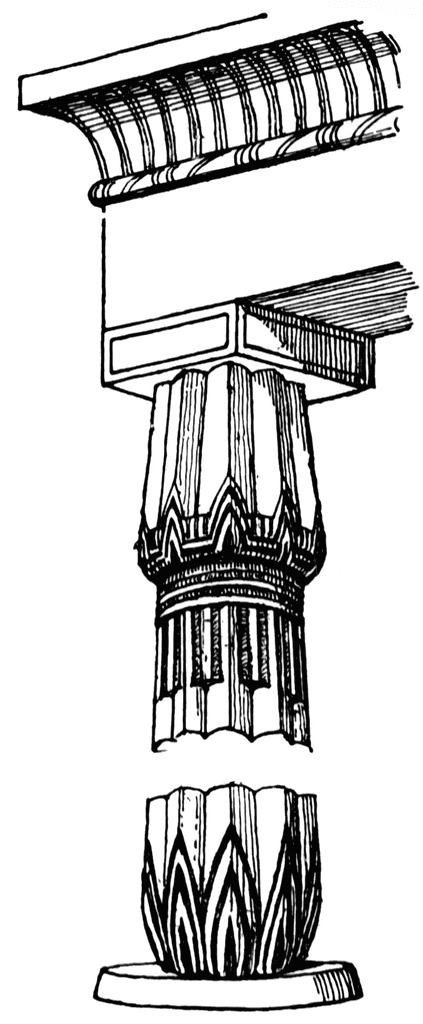


Egyptian Column Clipart Etc



Pablo Artime Strange Brigade Columns Of Ancient Egypt
Rising like the famed Egyptian columns for which it is named, our sevenfoottall work of furniture art is intricately carved and crowned with lotus leaf capitols Cast in quality designer resin and dramatically handpainted with rich hieroglyphics and the figures of antiquity, our replica is highlighted by a weathered, faux stone finish Set with three sixfootwide expanses of tempered glassAnd (4) brightly painted carved relief decorationsThe Egyptian lotus flower was used in perfumes, garlands and temple rituals In some depictions, the god Horus as a child was seen sitting on top of a lotus accompanied by his mother Isis Also, the pillars of temples were shaped like lotus flowers emerging from the soil, with the capitals being the flower petals and the column as the stalk


Q Tbn And9gcraeqqhhijljnpbiybhu7nz9l5njgbo1spqjz8tcnyccegg Lv9 Usqp Cau


Karnak Gate And Lotus Columns Karnak Porte Et Colonnes Lotus Getty Museum
The latter were the shrines for the funerary cults of dead kings It is generally thought that the Egyptian cult temple of the OldIdentified as a lotus bud cpital 14 Architectural Record, Volume 3, p 147 Identified as a papyriform column Monroe Edgar in The Columns of Ancient Egypt Identified as a papyriform column Sjef Willockx, Ancient Egypt Elements of its Cultural History AKA Clustered column;Egyptian art and architecture Egyptian art and architecture Temple architecture Two principal kinds of temple can be distinguished—cult temples and funerary or mortuary temples The former accommodated the images of deities, the recipients of the daily cult;



Ancient Egyptian Lotus Columns Page 1 Line 17qq Com



A Lotus Shaped Stone Column With Original Paint Work Still Visible Stock Photo Picture And Royalty Free Image Image
HISTORY OF ARCHITECTURE 10 EGYPTIAN ARCHITECTURE ARCH JAYSON BRAZA PORTEM, UAP jaysonbrazaportemarchitect@yahoocomph wwwthearchitecthoperunnerweeblycom Lotiform Columns • Lotiform columns were perhaps used in nonsecular buildings then in the temples o The simple, lotus bud form of the column is enjoyed widespread use inLotus here refers to a type of water lily Palmiform columns These were used in the earlier times in Egypt and were at the inner side of the court The columns depicted a palm tree motif, but not the tree and eight palm fronts were lashed to a pole Papyriform columnIt is far from conclusive, however, that this is a light bulb and most experts agree that it is a depiction of a djed pillar, a type of pillar associated with Ptah the creator god and a lotus flower It also involves other references to Egyptian mythology such as the sun barge which the god Ra uses to travel across the sky


Q Tbn And9gcsu62tiyvjubttov6ovu0n1ni0gm1frxw74gv1yfd3xspplu7vf Usqp Cau
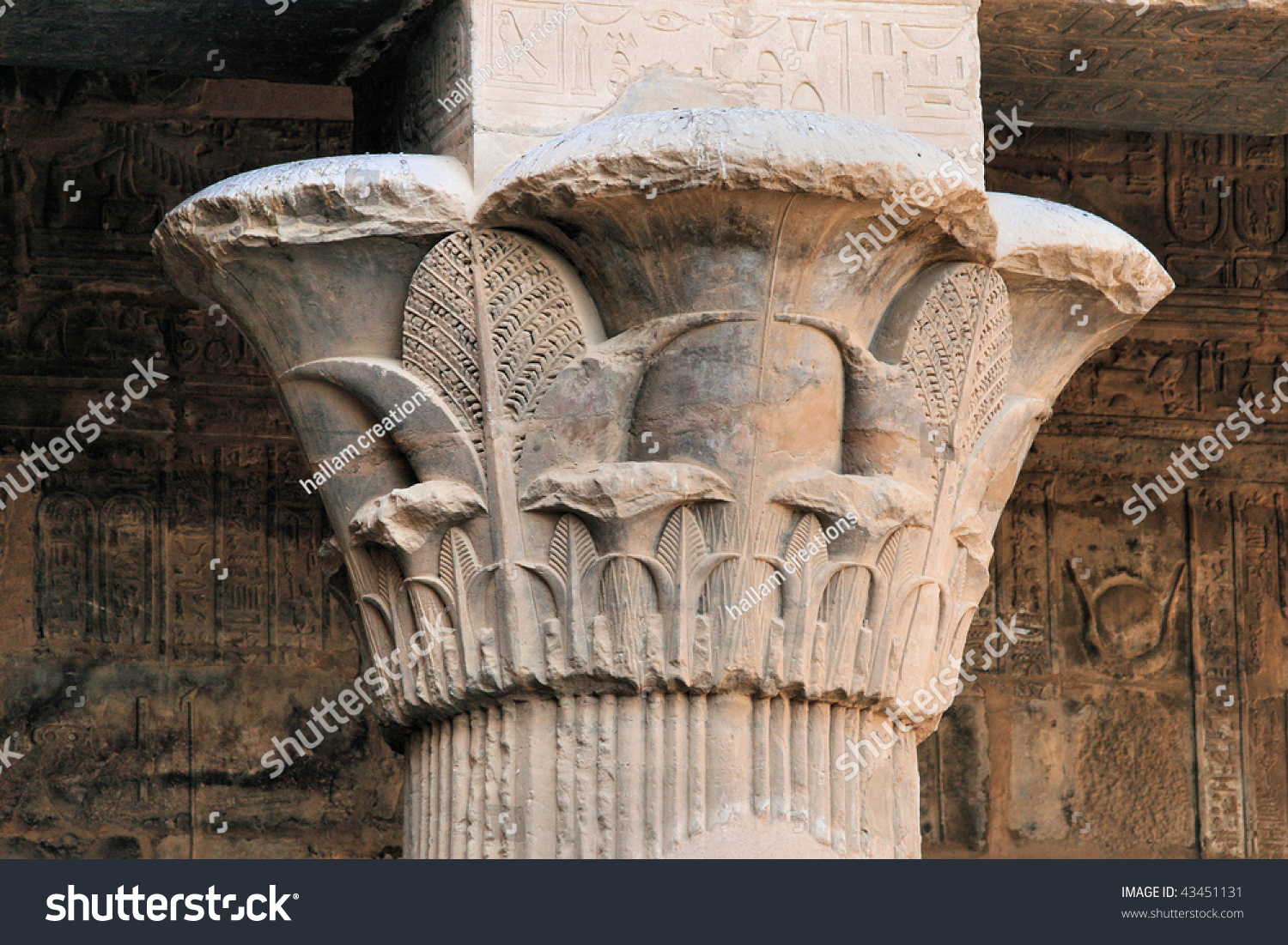


Lotus Flower Column Edfu Temple Egypt Stock Photo Edit Now
(3) budshaped or campaniform (bellshaped) capitals;The term Egyptian column can refer to a column from ancient Egypt or a modern column inspired by Egyptian ideas Common features of Egyptian pillars include (1) stone shafts carved to resemble tree trunks or bundled reeds or plant stems, sometimes called papyrus columns;Rising like the famed Egyptian columns for which it is named, our sevenfoottall work of furniture art is intricately carved and crowned with lotus leaf capitols Cast in resin and dramatically handpainted with rich hieroglyphics and the figures of antiquity, our replica is highlighted by a weathered, faux stone finish
:max_bytes(150000):strip_icc()/Ecolumn-91325000-57e5f1ce5f9b586c35517de9.jpg)


A Look At Ancient Columns From Persia And Egypt
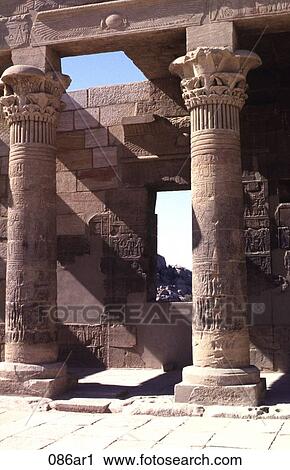


Lotus Columns At The Temple Of Phaile Aswan Egypt Stock Image 086ar1 Fotosearch
Most people who have any familiarity with ancient Egypt will immediately recognize the form of Lotus and Papyrus style columns, but actually not less than about 30 different column forms have been isolated from temples of the various periods Most of the time, the column shafts were copied in stone of supports made from plants, resembling either a trunk or a bundle of stems of smaller diameterThe lotus represents rebirth In ancient Egypt there were two main types of the lotus the white, and the blue also the lotus flower was used as a symbol for the unification of the two Egyptian kingdoms, Lotus was included in the manufacture of perfumes in ancient Egypt, where the flowers were soaked in an inverted form in a fatty substance toThis DWG file contains Ancient Greek columns with dimensions in elevation view This CAD file is saved in AutoCAD 00



Egyptian Columns Id 81 Nypl Digital Gallery Ancient Egyptian Architecture Ancient Egypt Art Ancient Egyptian Art


3
"CAPITAL " on top of the column = plant forms Most common are the following 1 Lotus (closed or open) 2 Papyrus (symbol of the delta) 3 Palmette – palm tree Egyptian Columns Open lotus flower Closed lotus budEgyptian Architecture Characteristics Ancient Egyptian Architecture Mastabas Pyramids Temples Open palm Closed palm lotus Hathors head •GOVERNMENT and RELIGION were inseparable in ancient Egypt The PHARAOH was the head of State and the divine representative of the gods on earthB, clustered lotus column;
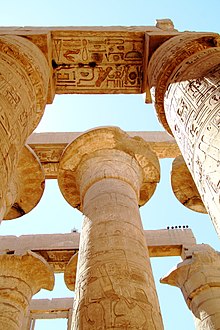


Ancient Egyptian Architecture Wikipedia



Tops Of Egyptian Columns Wanderlust And Wonderment
Rising like the famed Egyptian columns for which it is named, our sevenfoottall work of furniture art is intricately carved and crowned with lotus leaf capitols Cast in resin and dramatically handpainted with rich hieroglyphics and the figures of antiquity, our replica is highlighted by a weathered, faux stone finishThe columns of the temples resembled a lotus flower, and the blue type "blue nymph flower" was the sacred, with thin pointed leaves and narrow petal leaves and a delicate fragrance representing the fragrance of the divine life The blue lotus symbolized the little god of Memphis (Nefertum), the master of perfumes, and symbolized the firstC, simple lotus column;
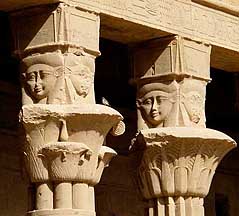


Egyptian Columns
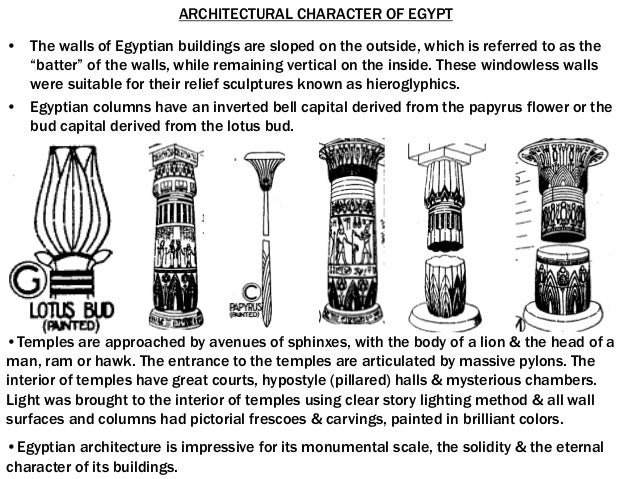


Ancient Egyptian Architecture
Brightly painted and elaborately carved, columns in ancient Egypt often mimicked palms, papyrus plants, lotus, and other plant forms Nearly 2,000 years later, architects in Europe and the United States borrowed Egyptian motifs and Egyptian column stylesPapyrus column smooth shaftThe lotus motif was commonly used in Egyptian art The white lotus is distinguished by the more rounded shape of the flower and of the individual petals The calyx leaves have distinct ribs and the leaf edges of the plant are scalloped The blue lotus has narrower petals and a more pointed, nearly triangular shape



Lotus Column Capital Page 1 Line 17qq Com


Egypt The Columns Of Ancient Egypt
Egyptian Lotus Column 3D Printed Historically Accurate Replica 3DEFG From shop 3DEFG 5 out of 5 stars (275) 275 reviews Sale Price $562 $ 562 $ 750 Original Price $750 (25% off) FREE shipping Favorite Add to Concrete Column Candle Holders, Asssorted ColoursThis ClipArt gallery offers 138 illustrations of Egyptian architecture, including structures and styles commonly seen and used in Egyptian construction Illustrations include pyramids, temples, obelisks, columns, and other distinctive elements of Egyptian architecture Egyptian Column Lotusbundle column from the Temple of Thomthmes IIIOften depicted on column capitals with palmettes Nymphaea lotus, the Egyptian white lotus, is believed to be the original sacred lotus of ancient Egypt It and the Egyptian blue lotus, N caerulea, were often pictured in ancient Egyptian art The blue lotus was found scattered over Tutankhamen's body when the Pharaoh's tomb was opened in 1922
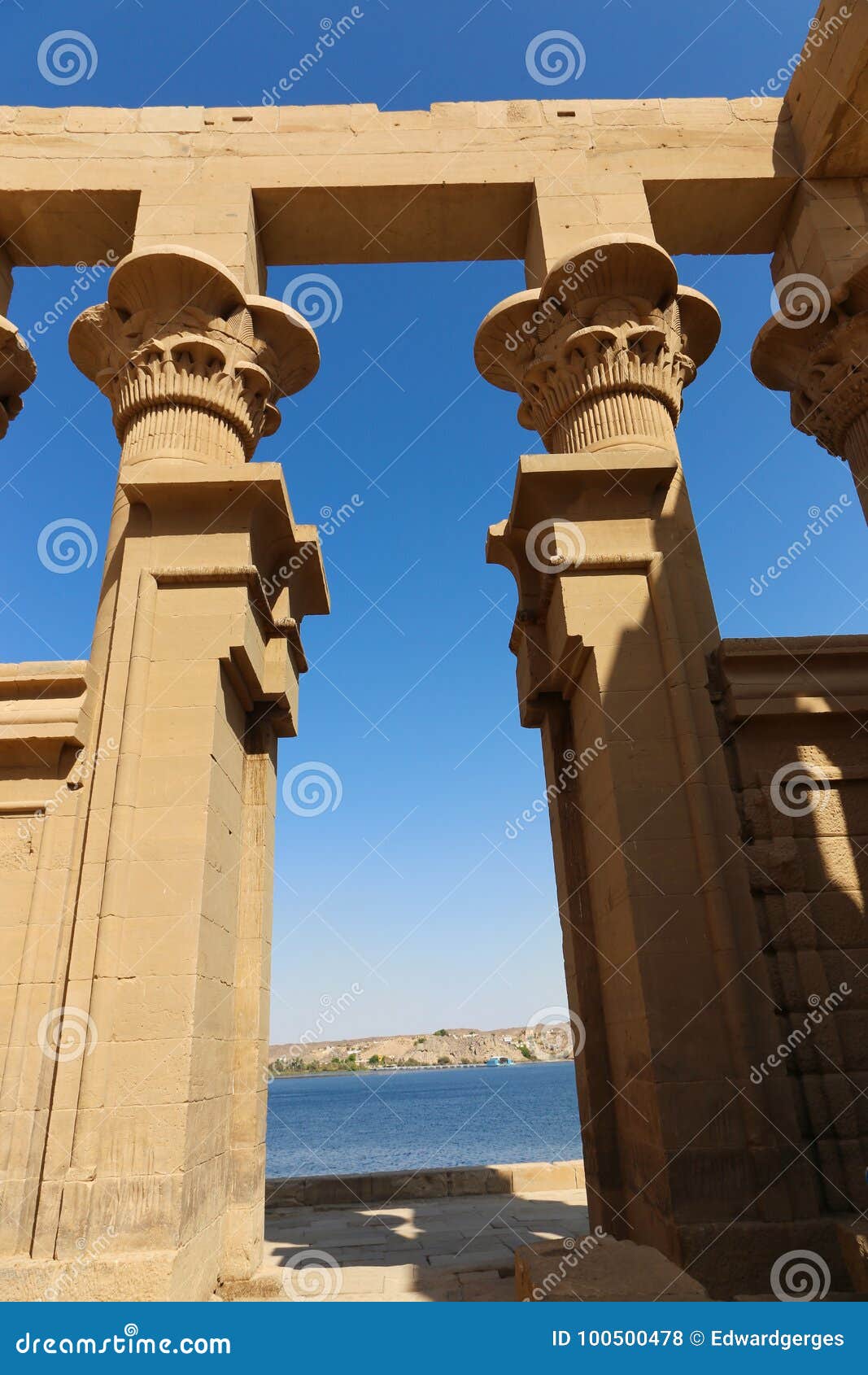


Crown Columns As Lotus Flower Of Philae Temple Egypt Stock Photo Image Of Crowns Building



Design Architecture Ancient Egyptian Architecture Ancient Architecture Types Of Architecture
Museumizecom offers Egyptian museum replicas based on important gods and goddesses, pharaohs and queens, and recognizable motifs such as lotus and papyrus plant designs Many of our items are manufactured to look old so as to remind us of an archaeological dig or ancient tomb Can you name the gods and goddesses in the Egyptian Pantheon?THE COLUMNS OF ANCIENT EGYPT When we think of Egyptian temples, one of the principle architectural elements that comes to mind is the column In fact, it is difficult to imagine a temple such as Karnak without thinking of its columned halls, and what many visitors will take away with them is visions of pylons, obelisks, statues and columns Column shafts were often decorated with colorfulDescription of Lotus One of the more wellknown ancient Egyptian symbols The Lotus is representative of the sun and creation It is a depiction of the process of rebirth and new beginnings The Lotus is also associated with the god of healing and medicine, Nefertem



Egyption Columns Ancient Egyptian Architecture Ancient Egyptian Gods Egyptian



Pillars Decorated Lotus And Palm Trees Esna Temple Egypt
Egyptian columns (lotus bud, lotus flower, fluted), Persian column (with double bull capital), colonnade, diagramsAnybody who has taken a look at Egyptian culture cannot fail to have noticed the significance of the meaning of the Lotus flower in their culture In ancient Egypt there were two main types of lotus that grew, the white, and the blue (scientifically a waterlily, but symbolically a lotus)Egyptian architectural columns can be more or less divided into two basic classes The first type is polygonal Egyptian Columns which, over a period of time, increased its number of sides from four to sixteen The second class is stone imitations of plants such as the papyrus, palm, and lotus


Egypt The Columns Of Ancient Egypt


Q Tbn And9gctlixp2nc6u Rqzcwl Lgcxygczqtviej 3pucvch X1spt Ijc Usqp Cau
(2) lily, lotus, palm or papyrus plant motifs on the capitals (tops);However, the Lotus tower is quite a modern structure Constructed in 1971, the Lotus Monument is located on the west bank of the River Nile and close to the High Dam It was built to commemorate the Russian involvement in the construction of the Aswan High Dam and is called Egyptian Russian Friendship MonumentThis ClipArt gallery offers 53 illustrations of ornaments and decorations typical of ancient Egypt See also the Egyptian Architecture and Egyptian Sculpture ClipArt galleries Amulet "Amulet" — Quackenbos, 18 The lotus flower has been called the sacred flower of Ancient Egypt As a product of the lifegiving,



Egyptian Columns Half Drums Sir Gardner Wilkinson Lotus Capital Osiride
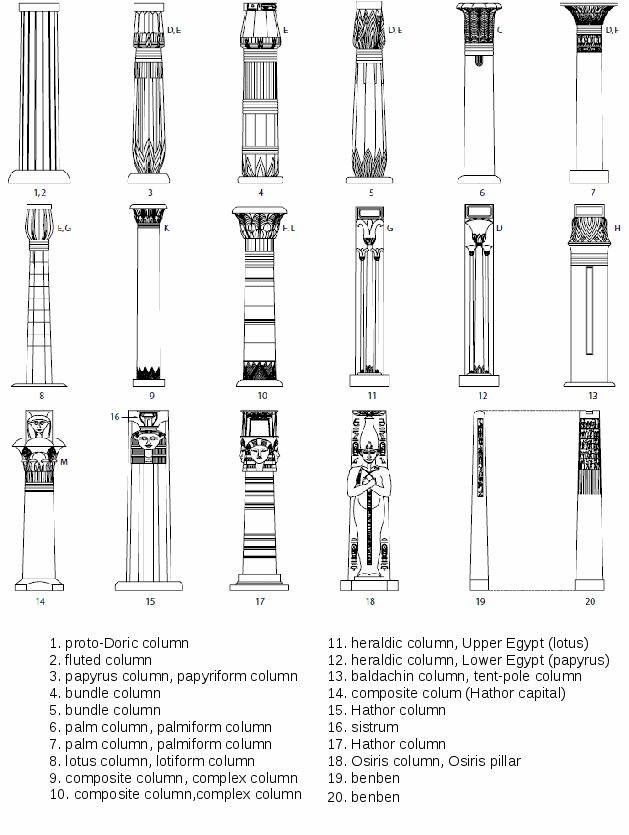


Egyptian Architecture
The temple symbolises this 'first moment', with the ceiling representing the heavens, the floor symbolising the mound and the columns the reeds, lotus and papyrus Each temple is a microcosm of the universe in which each part of its physical structure symbolises an aspect of the origins of the cosmos and the process of cosmic regenerationDec 27, 16 The variety of Egyptian Ornaments The Architecture of Egypt has this peculiarity over all other styles, that the more ancient the monument the more perfect is the art All the remains with which wIn Egyptian art and architecture Cult temples the most satisfying is the Luxor Temple, started by Amenhotep III of the 18th dynasty The original design consists of an imposing open court with colonnades of graceful lotus columns, a smaller offering hall, a shrine for the ceremonial boat of the god, an inner sanctuary for the cult image,



Art History Lecture 4 Egyptian Art



Egyptian Columns Of Luxor Shelves It S A Black Thang Com
Lotus (seshen) Appearance In Egypt, two native species of lotus grew, the white lotus (Nymphaea lotus) and the blue lotus (Nymphaea cerulea)A third type, the pink lotus (Nelumbo nucifera) was introduced to the country from Persia during the Late periodAll three species were depicted in Egyptian art (the pink lotus showed up in Hellenistic artworks), however the sacred blue lotus was the



Roll A Ranger December 13


Egypt The Columns Of Ancient Egypt



Pin On Elements Of Architecture
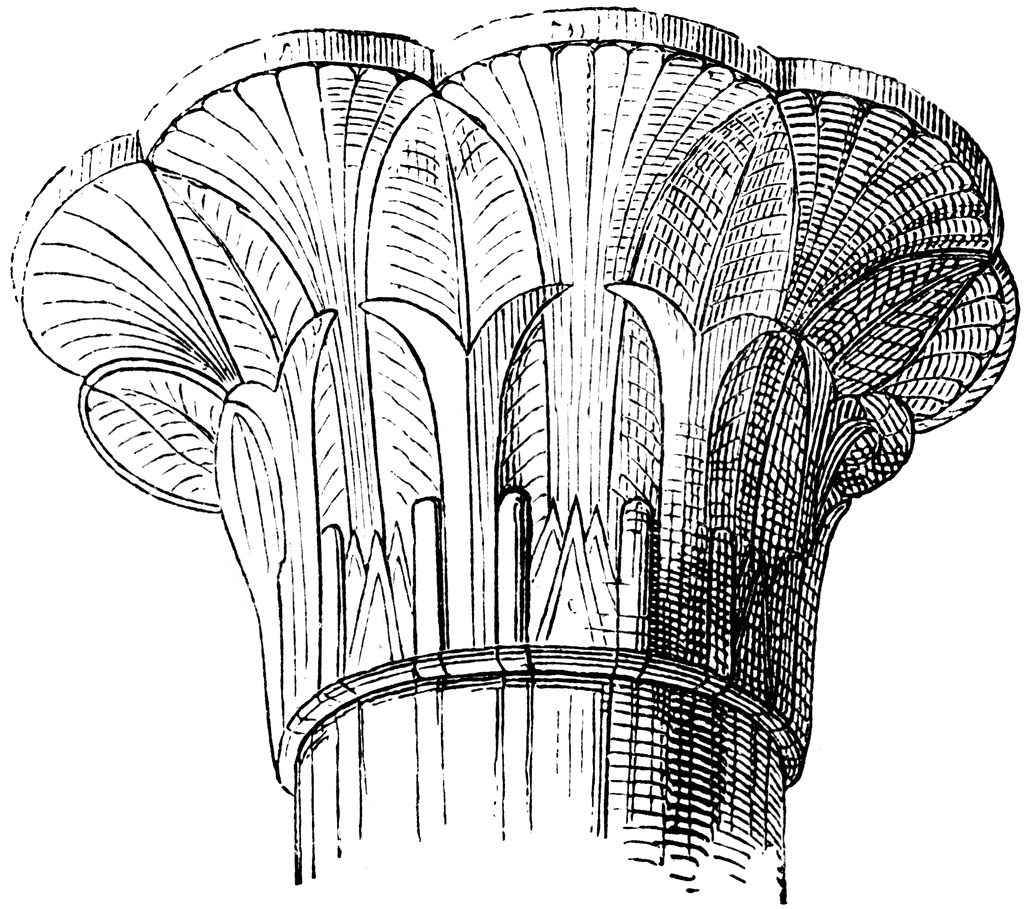


Capital Of A Column Clipart Etc



Design Of The Temple Of Isis From Philae Egypt Travel To Eat



Ancient Egyptian Pharaoh Column 02 Free 3d Model



Pillar With Figures Of Amenophis Iii And The Goddess Hathor And Column With Lotus Capital



Ancient Egypt P Pt



Egyptian Columns



Ancient Egypt Lotus Column Pillar 3d Asset Cgtrader



Ancient Egyptian Architecture Wikipedia



Lotos Column From Thebes Images Of Ancient Columns Egyptian Monuments At Bible History Online



Egyptian Column Etsy
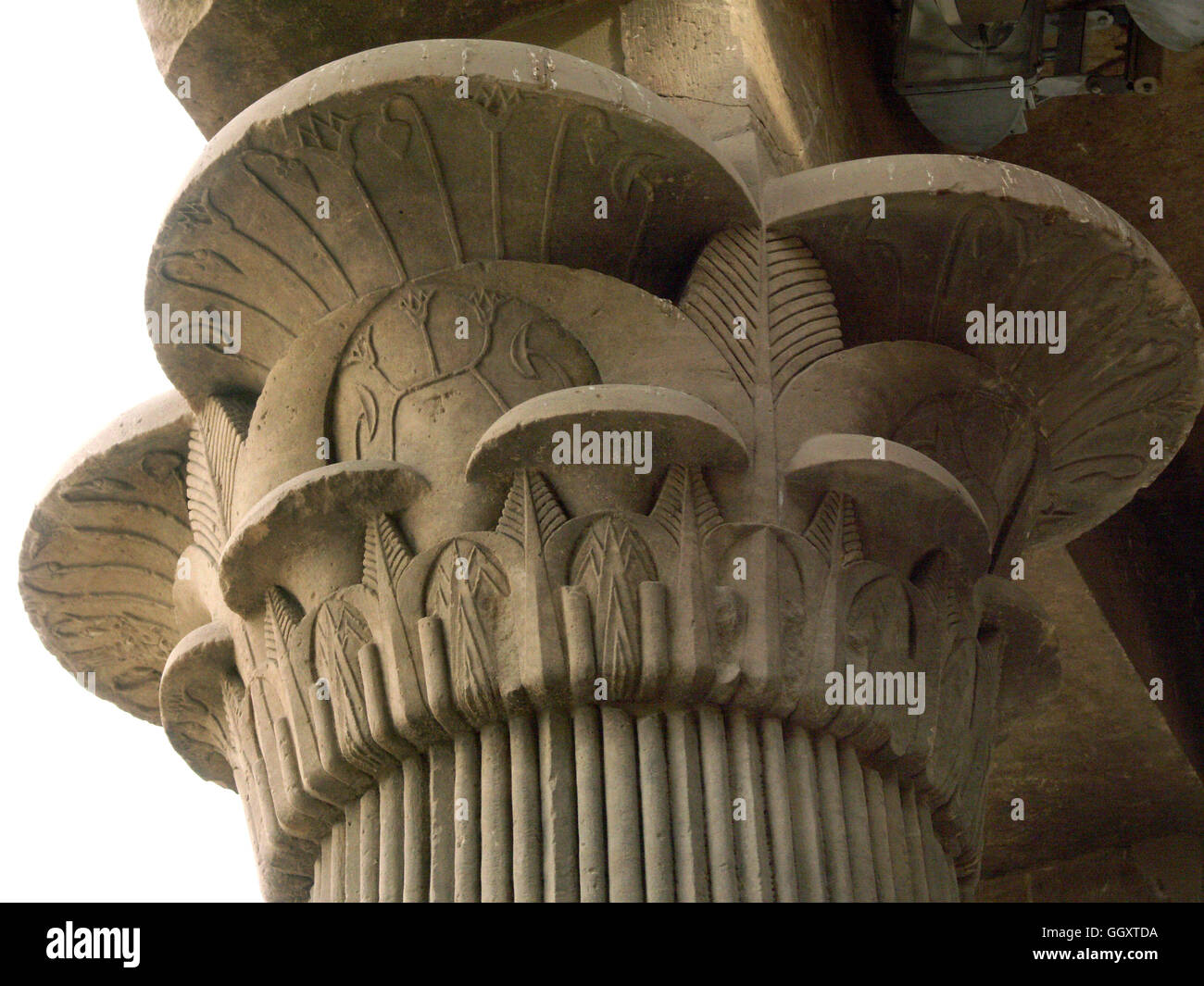


Column Topped By A Lotus Flower Design On The Ptolemaic Temple Of Stock Photo Alamy
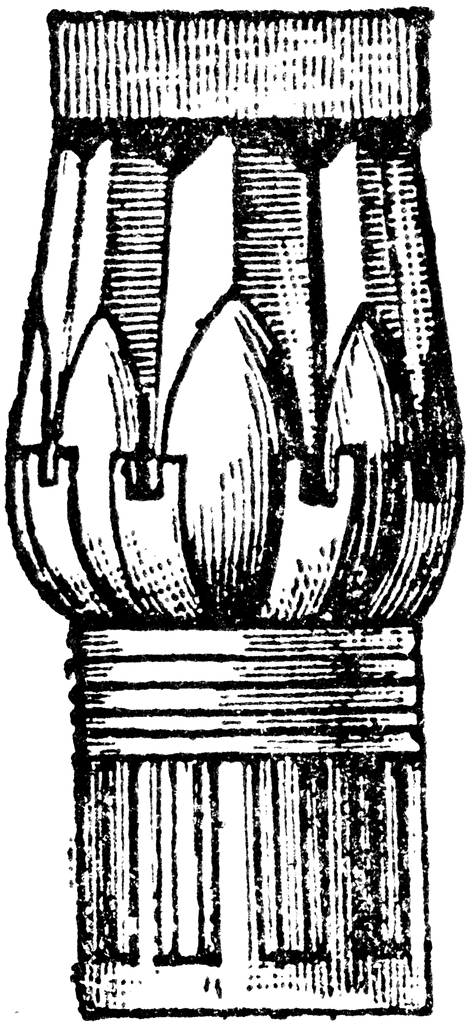


Lotus Capital Clipart Etc



Lotus Columns Temple Of Isis At Philae In Egypt Dean Stevens Flickr



Types Of Columns Clipart Etc Ancient Egyptian Architecture Ancient Egyptian Egyptian Decorations



A Hall Of Columns With 24 Pillars With Lotus And Palm Capitals Stock Photo Download Image Now Istock
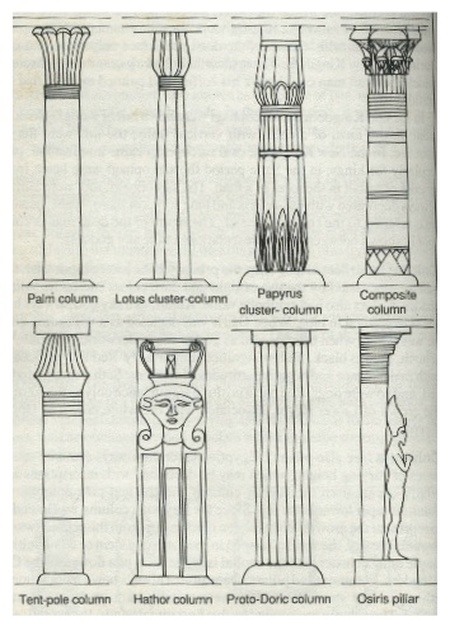


Egyptian Architecture History Of Architecture Phinma Coc



Egyptian Columns



Amazon Com Design Toscano Egyptian Columns Of Luxor Shelves Full Color Home Kitchen
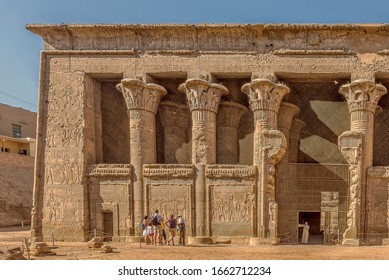


Esna Egypt Hd Stock Images Shutterstock


Egypt The Columns Of Ancient Egypt
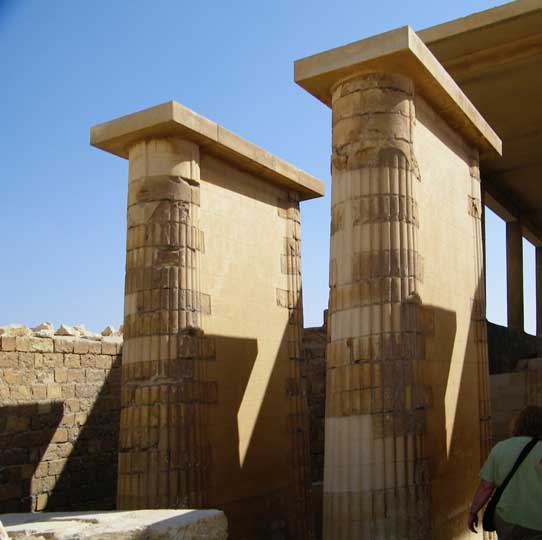


Egyptian Columns



Column In The Form Of A Lotus Flower Stock Photo Download Image Now Istock
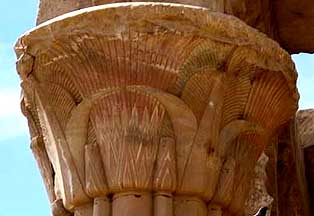


Egyptian Columns



Egyptian Column Clustered Lotus Column Buildings Architecture Column Egyptian Egyptian Column Clustered Lotus Column Png Html



Egypt Panorama Columns In Ancient Egyptian Architecture
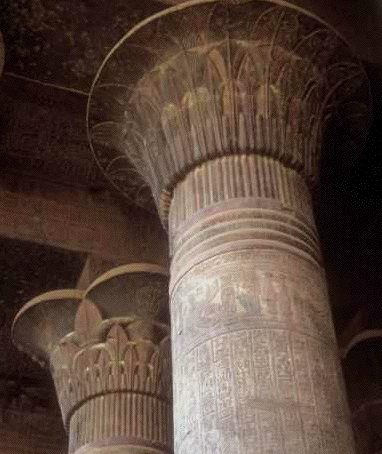


Fractal Geometry Panorama



File Lotus Column 15 Timea Jpg Wikimedia Commons
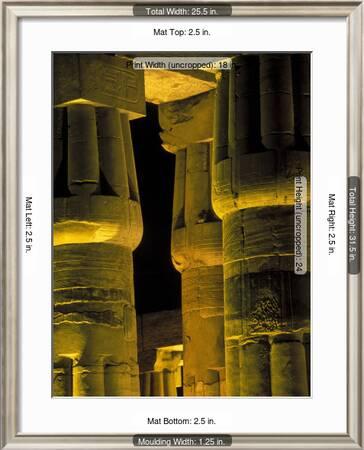


Lotus Columns Of The Luxor Temple Egypt Photographic Print Claudia Adams Art Com



The Temple In Ancient Egypt



The Columns Of Ancient Egypt Askaladdin



Huge 95 5 Egyptian Luxor Temple Wall Half Column Lotus Leaf Capitol Replica Ebay



Drawings Of Egytian Column Capitals And Their Botanical Inspiration Egyptian Art Ancient Egyptian Architecture Ancient Egyptian Art



Columns In A Lotus Flower Shape In Luxor Temple Egypt Stock Photo Picture And Royalty Free Image Image
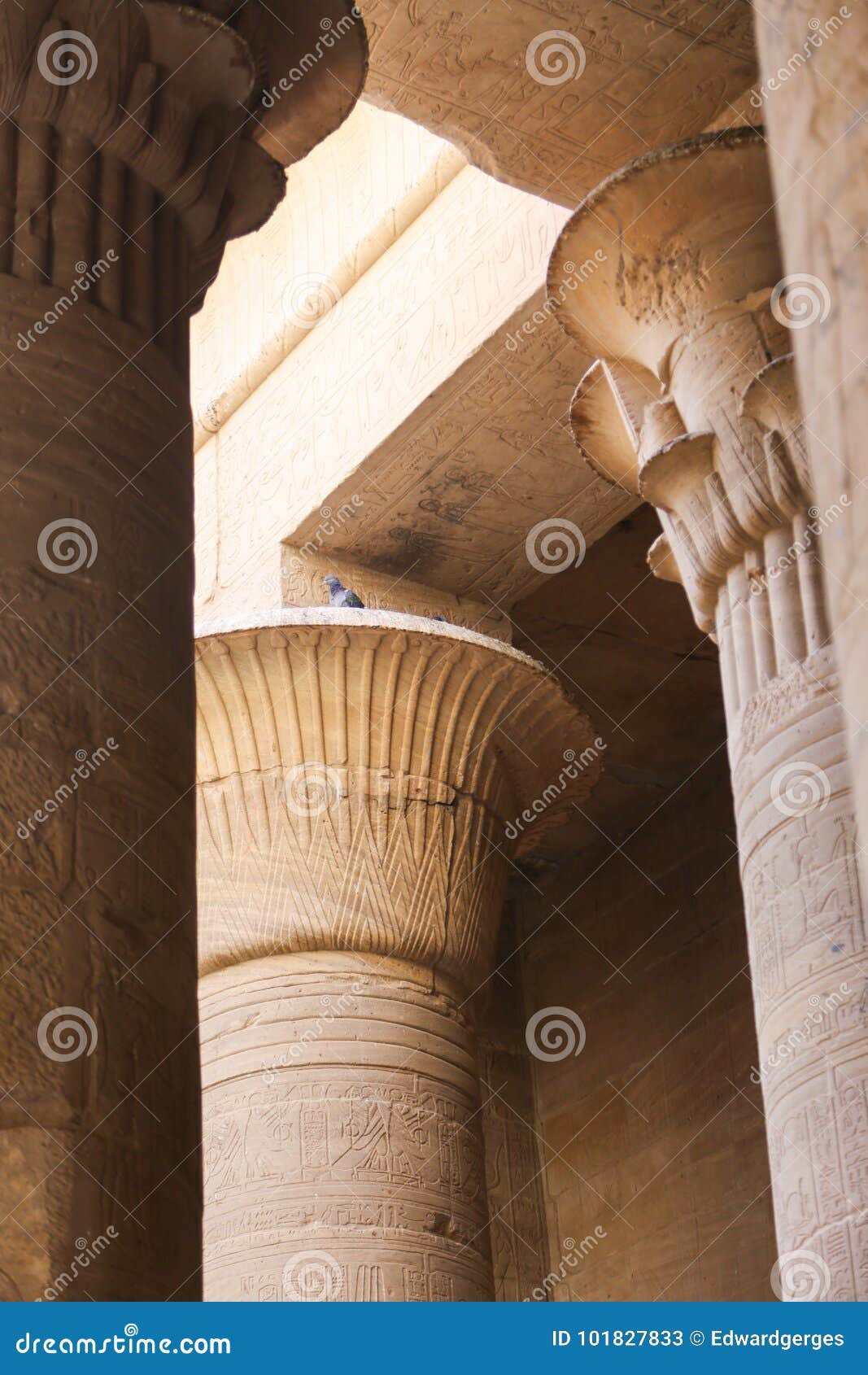


Crown Columns As Lotus Flower Of Horus Temple Egypt Stock Image Image Of Pharaoh Monument
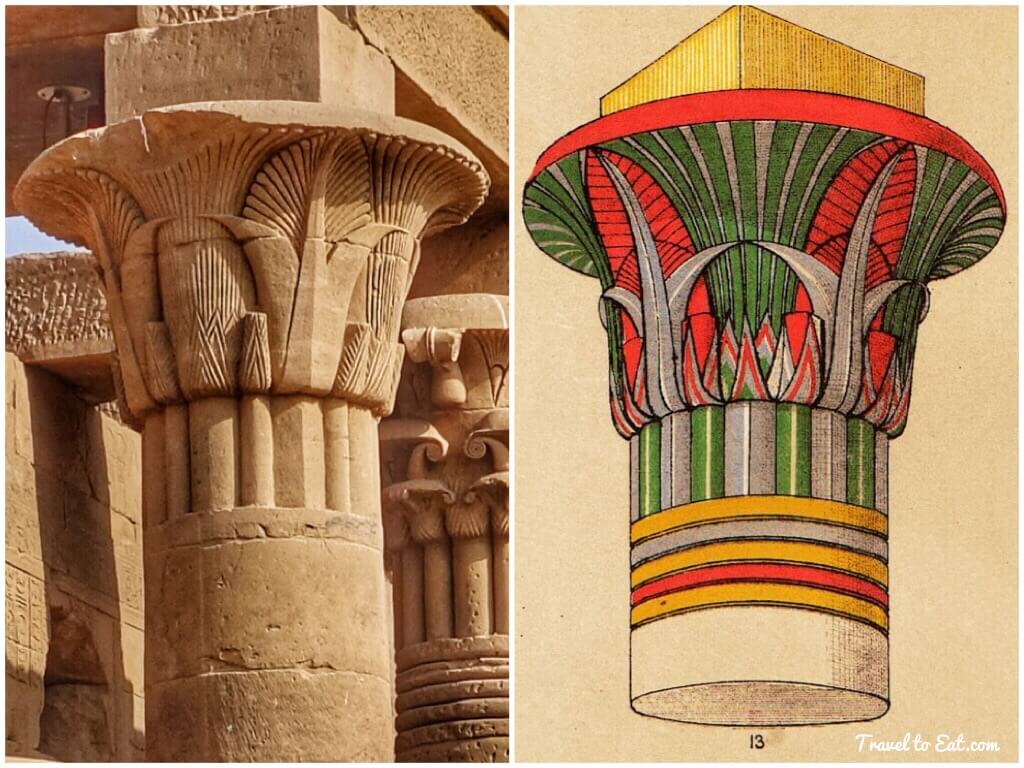


Design Of The Temple Of Isis From Philae Egypt Travel To Eat



Egyptian Column Page 2 Ars Artistic Adventure Of Mankind
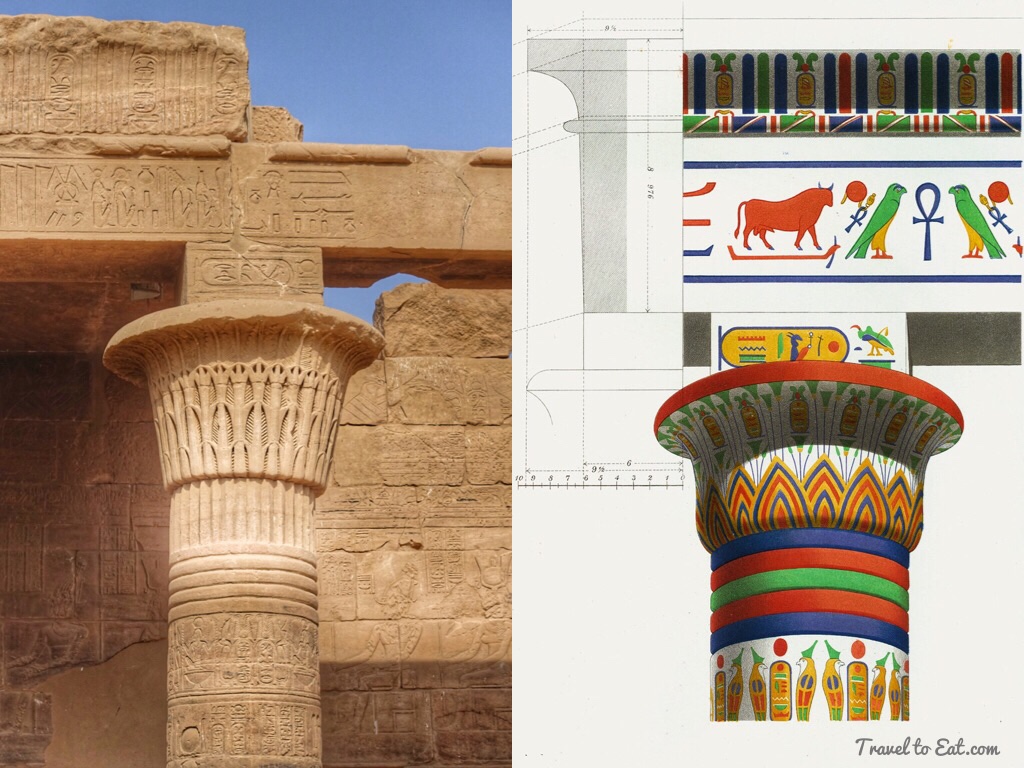


Design Of The Temple Of Isis From Philae Egypt Travel To Eat



The Ancient Egyptians Built Stone Columns And Carved Beautiful Words And Pictures Of The Egy Ancient Egypt Architecture Ancient Egyptian Architecture Egypt Art



Classical Mythology Portico Of The Temple Of Isis At Philae Left By David Roberts Oil On Canvas 1851 Detail Right Of Column Capitals Egyptian Temple Columns Featured Sculpted Capitals In



Lotus Flower Column By Beachedsquishy On Deviantart



Picture Of Great Hypostyle Hall With Giant Lotus Columns



Blog Posts Hnd 3d



Pin On Egypt



Crown Columns As Lotus Flower Of Luxor Temple Egypt Stock Photo Image Of Columns Flower
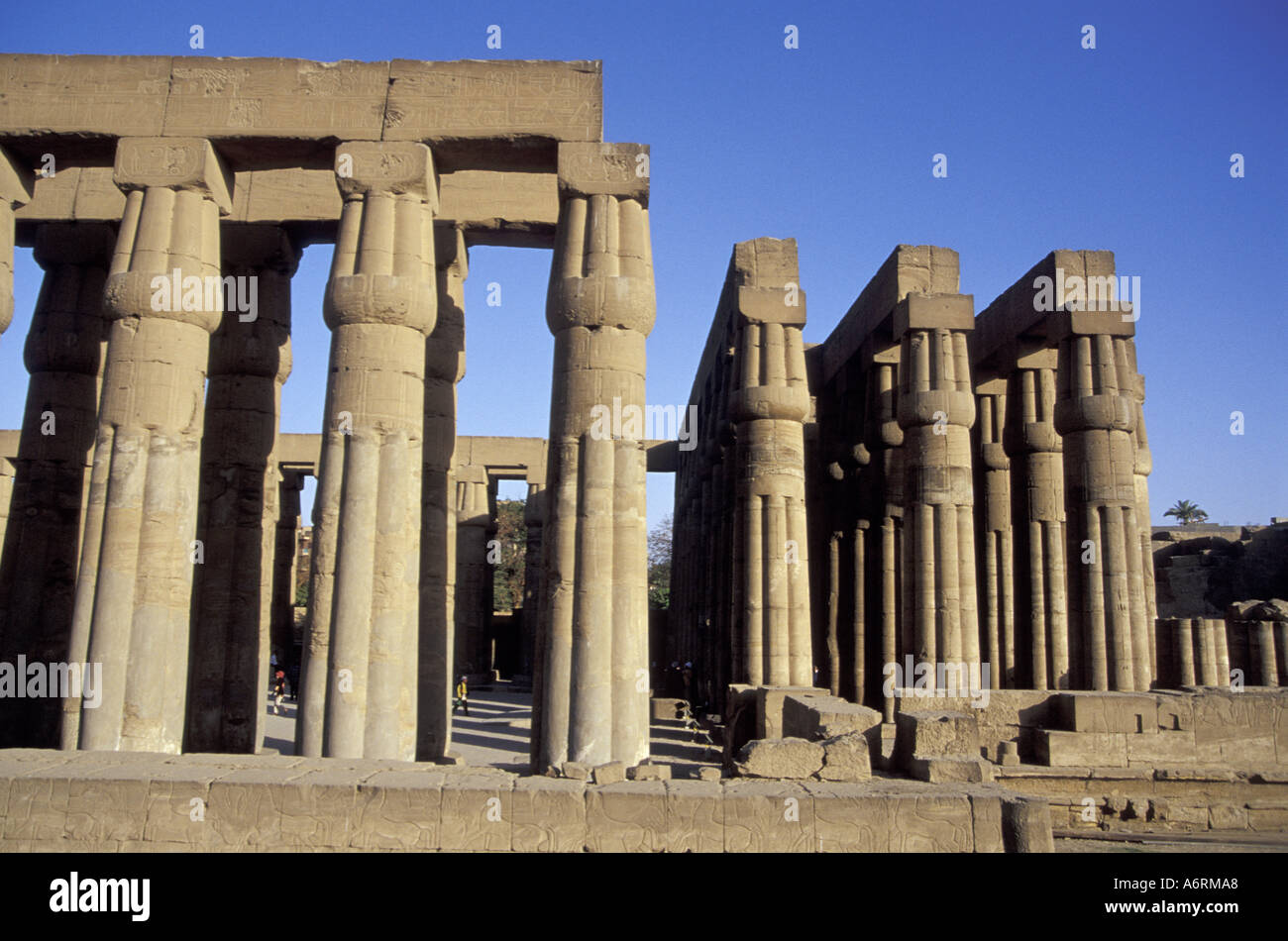


Africa Egypt Luxor Temple Located In The Heart Of Downtown Luxor Stock Photo Alamy
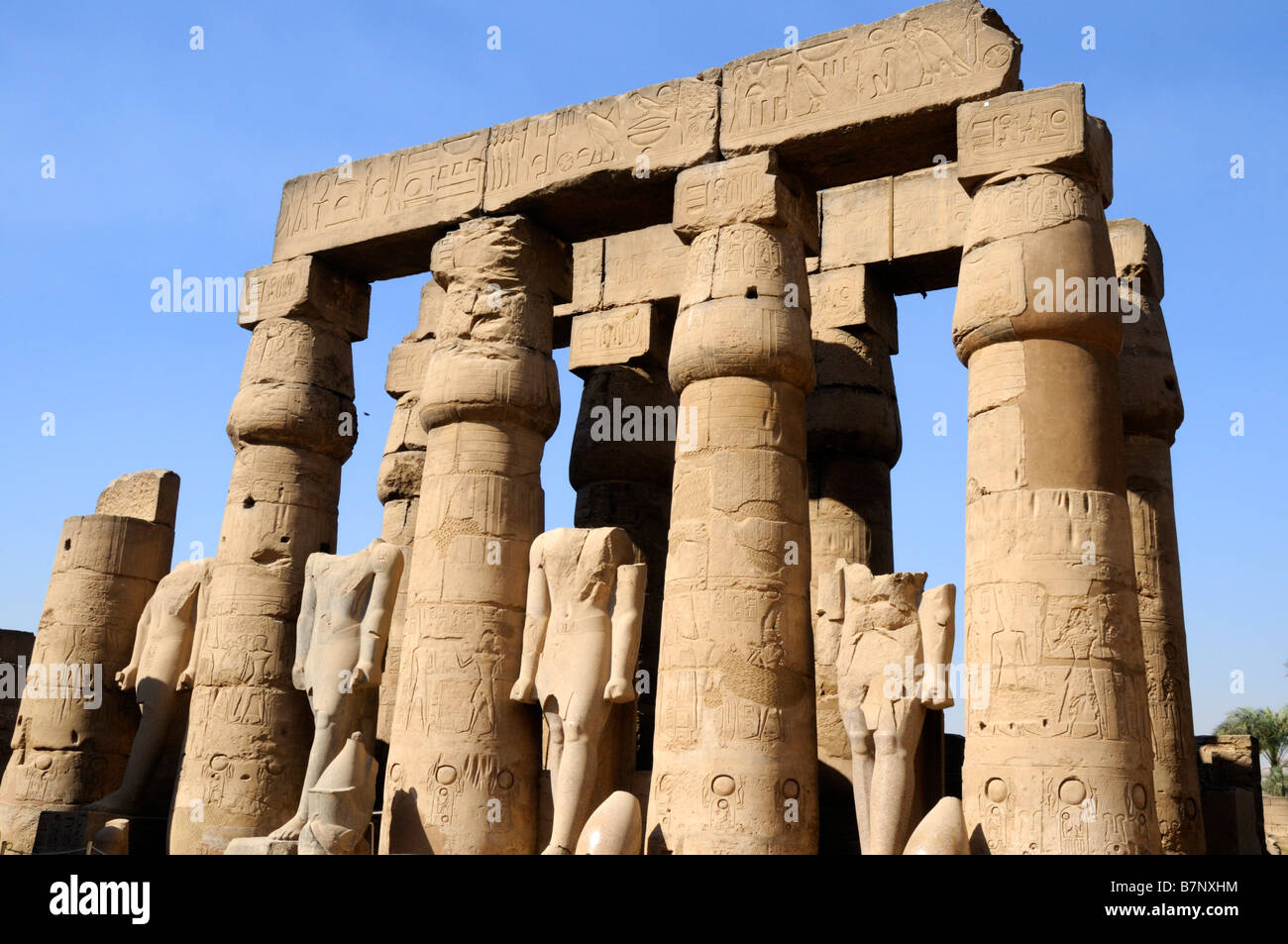


Lotus Bud Columns In The Temple Complex At Luxor In Egypt Stock Photo Alamy
:max_bytes(150000):strip_icc()/Ecolumn-621710743-crop-57e5ed4b3df78c690f1c79e7.jpg)


A Look At Ancient Columns From Persia And Egypt
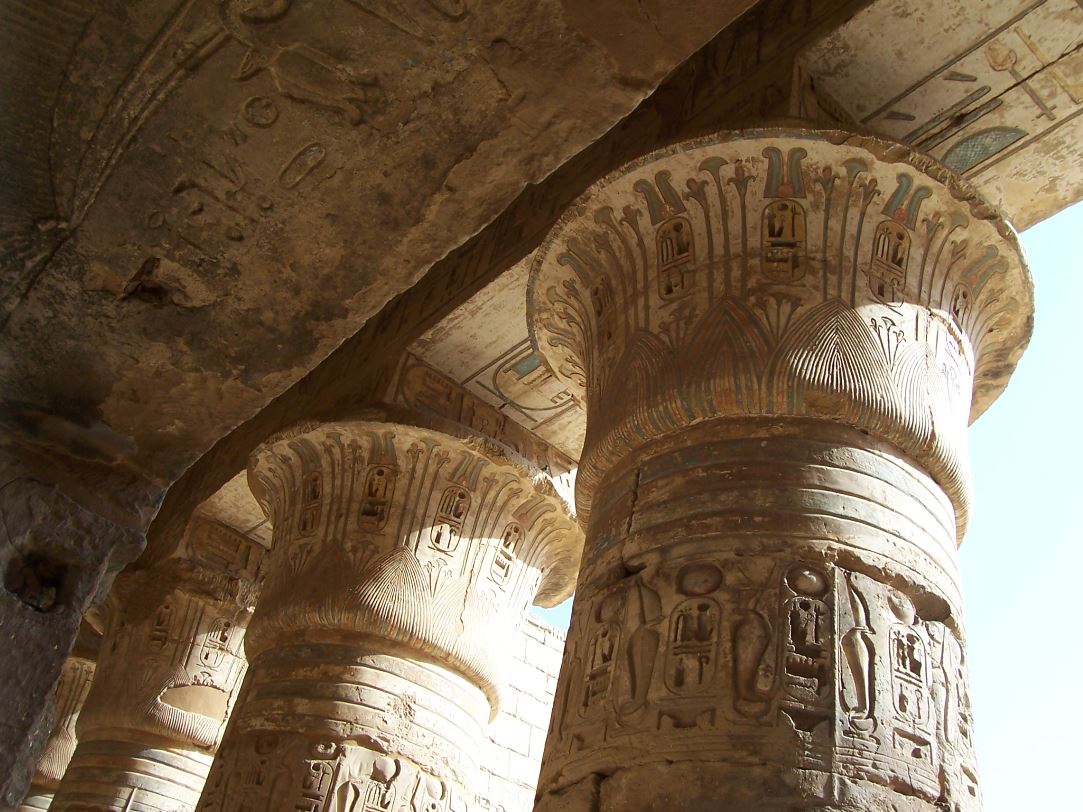


Egyptian Gravestone Symbols Billiongraves Blog



Art Patterns Inspiration Egyptian Lotus And Columns
:max_bytes(150000):strip_icc()/Ecolumn-639560397-crop2-5abc5162eb97de003663f4e5.jpg)


A Look At Ancient Columns From Persia And Egypt



The Columns Of Ancient Egypt Askaladdin



The Art Of Ancient Egypt Ppt Download
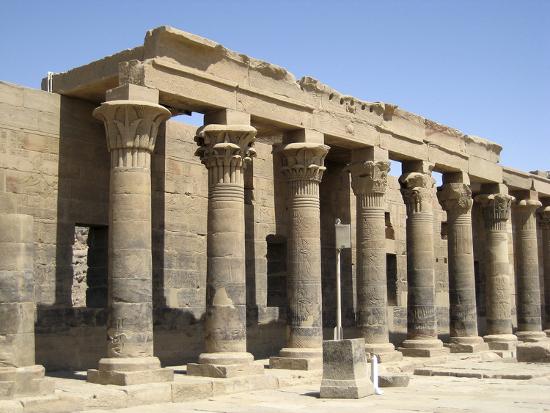


Colonnade Of Lotus Flower Topped Columns In The Hypostyle Hall Of The Temple Of Isis Philae Egypt Photographic Print Werner Forman Art Com
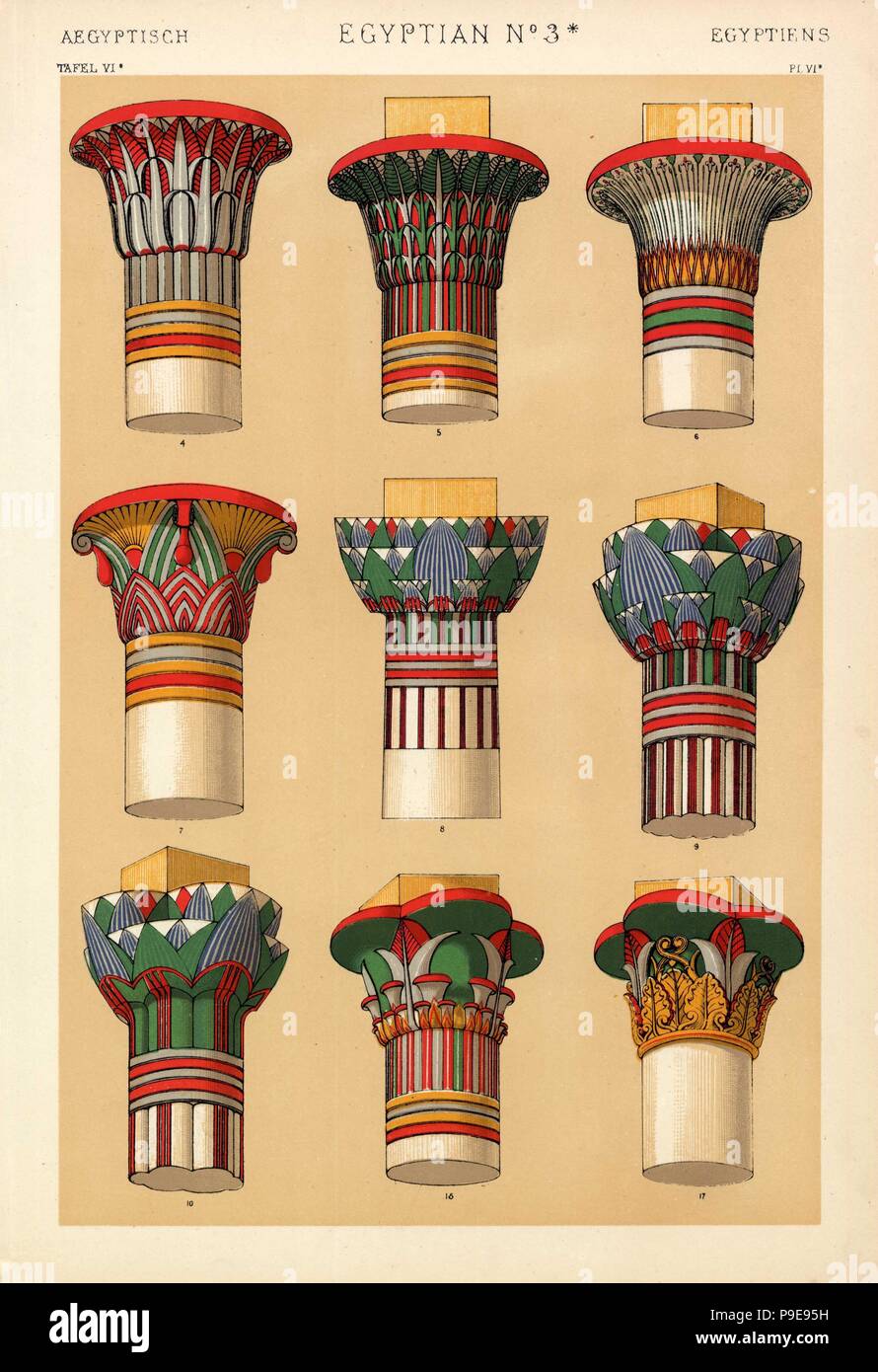


Egyptian Ornaments To Capitals Of Columns Showing Lotus And Papyrus Leaves Capitals From The Temple At Thebes Oasis 4 7 10 Portico At Edfu 5 Philae Island Temple 6 11 Philae Island Colonnade 8 9 And
.jpg)


Columns With Papyrus Shafts And Lotus Capitals In The G
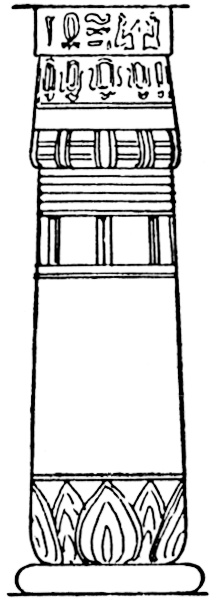


Egyptian Column Simple Lotus Column Buildings Architecture Column Egyptian Egyptian Column Simple Lotus Column Png Html



Fragment Of The Egyptian Column With A Stylized Capital In The Form Of Download Scientific Diagram
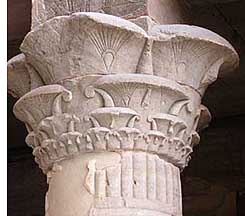


Egyptian Columns



Lotus Capital Column Stock Photos And Images Agefotostock



Second Life Marketplace Hare Couture Egyptian Lotus Petal Capital Column
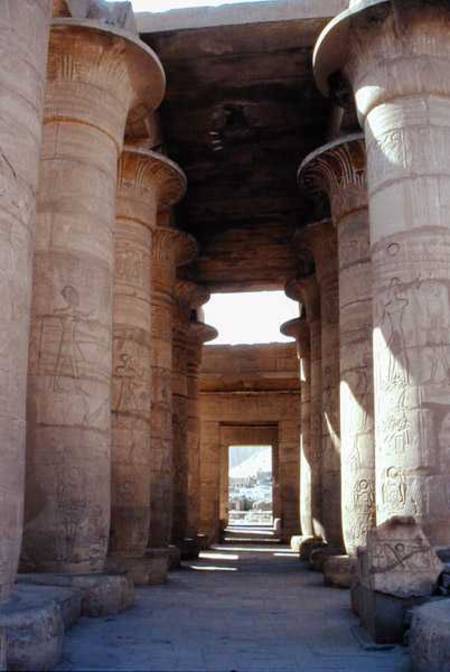


Columns With Papyrus Shafts And Lotus Ca Egyptian As Art Print Or Hand Painted Oil



The Columns Of Ancient Egypt Askaladdin


Egyptian Ornaments And Decorations Lost And Found
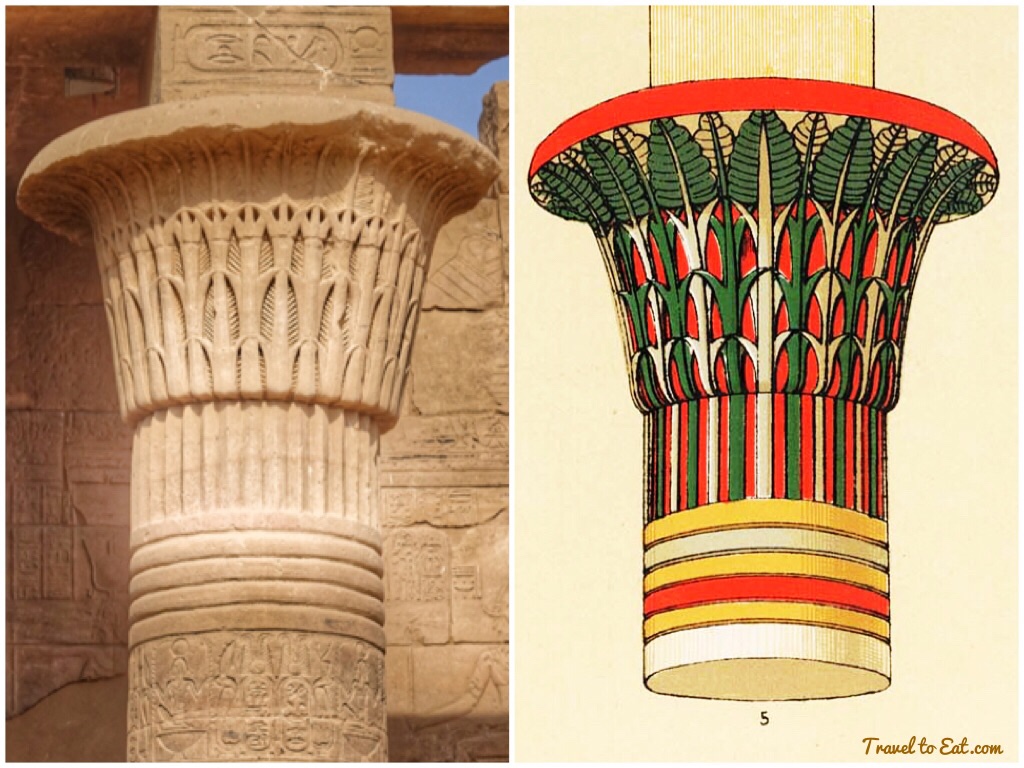


Design Of The Temple Of Isis From Philae Egypt Travel To Eat


Egyptian Columns
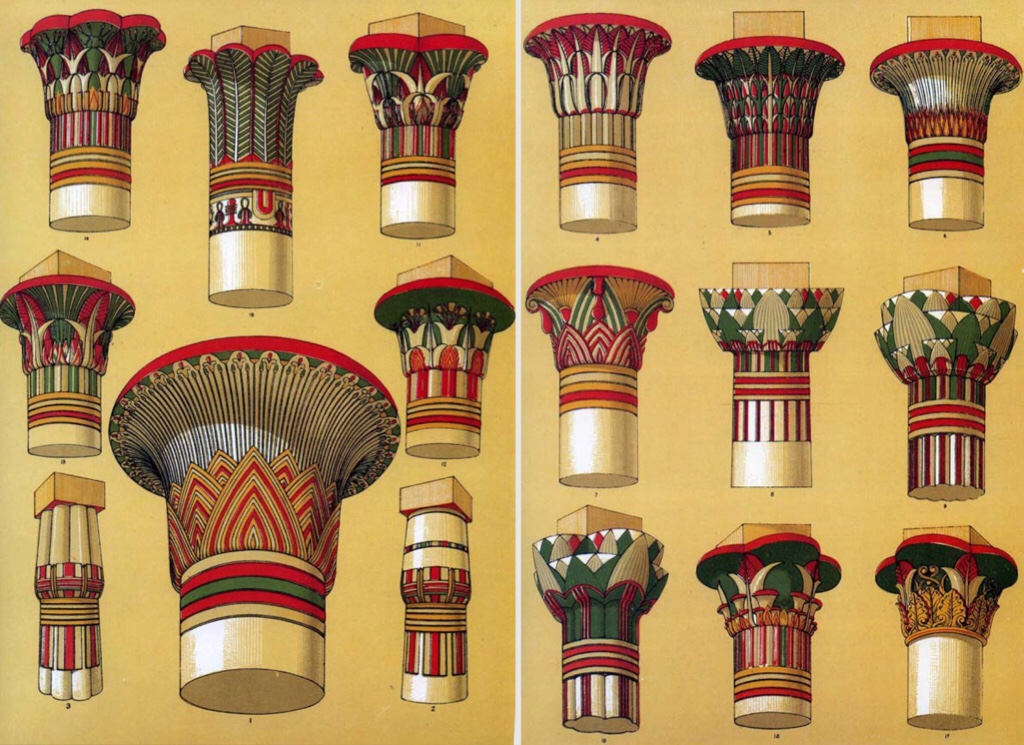


Design Of The Temple Of Isis From Philae Egypt Travel To Eat



Understanding Cemetery Symbols What Does A Lotus Flower Represent Cemetery History Gravehour Tui Snider Author Speaker



A Ancient Egyptian Columns Inspired By A Bundle Of Papyrus Plants In Download Scientific Diagram
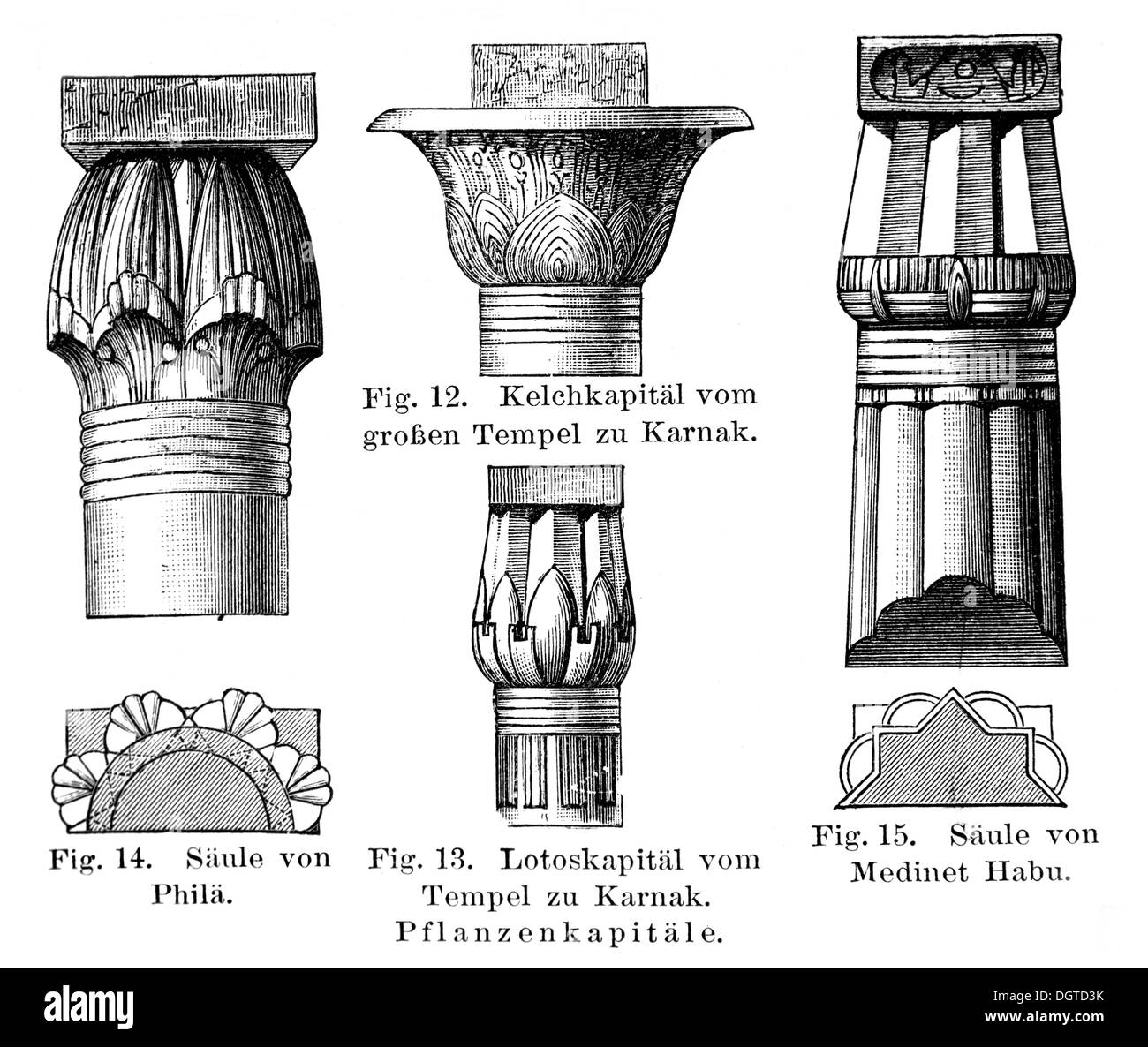


Lotus Column High Resolution Stock Photography And Images Alamy



Acanthus Lotus Papyrus Decorate Capitals Columns Courtyard Philae Temple Relocated Stock Photo C Cascoly



Egyptian No 3 Captials Of Columns Showing The Varied Applications Of The Lotus And Papyrus From The Grammar Of Ornament Antico Egitto Arte Egiziana Egitto


コメント
コメントを投稿